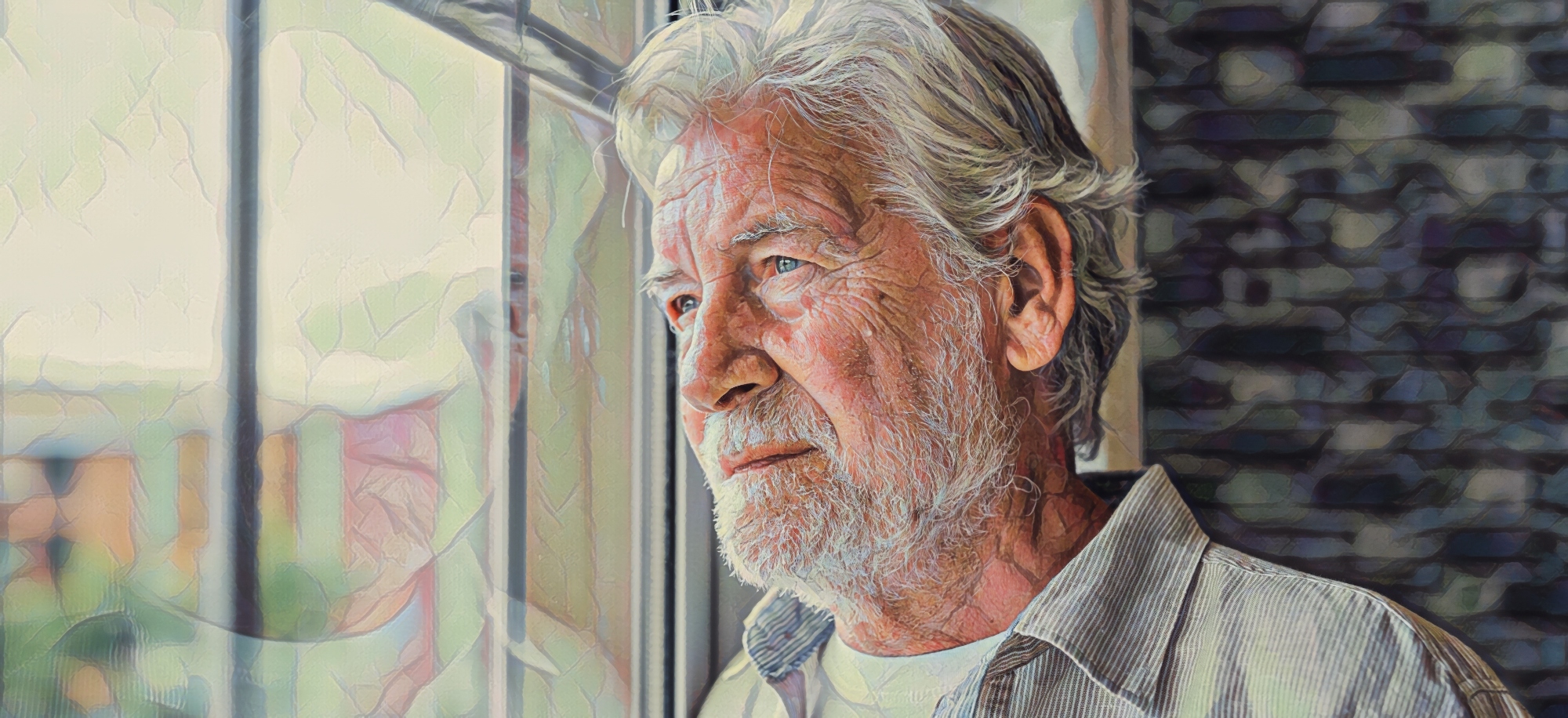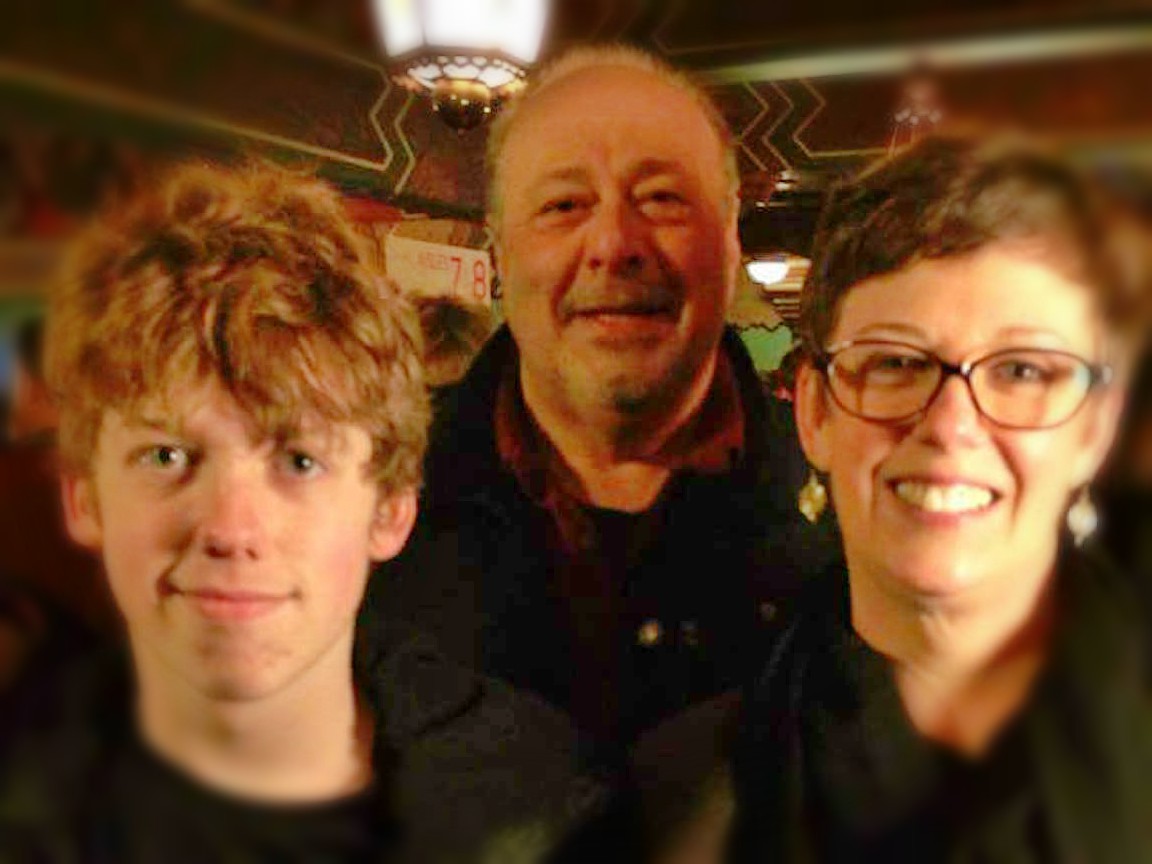I like stones. Since Anton died, I have collected heart-shaped ones that I find on the beaches near where we live.
I have quite a collection now, grouped around the fireplace in our living room. My 3-year-old grandson likes to play with them sometimes.
This winter, we escaped to southern Spain for a few weeks in an attempt to assuage some of the darkness that the anniversary of Anton’s death brings each year. The sunshine does help, but I nevertheless became very depressed whilst we were away. During this time I read a novel about grief, in which there was a suggestion to write the lost person’s name on a stone and throw it out to sea, thus symbolically letting them go.
I must admit I was slightly repelled, but also a little intrigued by the idea. I couldn’t decide whether it felt like a good thing to do, or not. But one particularly awful day in December when I felt as low as I could possibly feel, I decided maybe it was something I could try. Maybe it would bring a little of the lightness I so desperately needed.
That afternoon on our daily dog walk along the local beach, I kept looking for an appropriate one to use. To begin with, I wasn’t even sure exactly what I was looking for, but felt convinced that I would know it when I saw it.
It must be a good size, not too big and not too small. It must have enough weight that I’d be able to throw it quite far out to sea and watch it hit the water with a splash. I needed to feel its heft and have the sense that, in this action of throwing, I was doing something meaningful.
It should be fairly flat, quite smooth and light in color, so that Anton’s name could be written on it with a pen and be visible.
As we walked, I picked up and rejected many stones, keeping my eyes peeled for “The One”.
I didn’t spot it that day.
Or the day after.
Or the day after that.
Finally, after procrastinating for a few days, and having scanned literally thousands of suitable pebbles on that beach, I bent down, picked one up and put it in my pocket.
I had made my decision.
It had all the right attributes, and I also liked the fact that it wasn’t perfect. There was a scar at the bottom that looked as though a tiny shark had tried to take a bite out of it. I was pleased with the bite mark. Anton wasn’t perfect; our relationship wasn’t perfect; life is never perfect.
Many of my heart-shaped stones are knobbly and uneven, scarred and damaged, too, and I like to think that they are like my own broken heart in that way.
The next step was that I had to prepare myself to write Anton’s name on it, and this must, of course, be done thoughtfully, and with some care.
I brought the stone back to the van and stowed it somewhere safe until I was ready.
For several days I was very conscious of the stone in its little home, waiting for me to take the next step by transcribing Anton’s name.
It took about a week before I felt ready. One morning, I took a deep breath, found my pen, and neatly wrote Anton, nicely centered, and with a little drawing of a heart next to it, in black, onto the flattish, white pebble.
Then I returned the stone to its hiding place in the van.
Later, as Alek and I walked to the beach as usual, the stone was still safely stored in the van.
I thought about that stone every single day for the next month. But I left it in its place.
We came home to the UK at the end of January, and the stone remained tucked away in its little hidey hole throughout the journey back.
In books and films it’s always so neat. There comes this point when the protagonist knows that it’s time to “let them go”.
But what does that even mean?
When is that time?
How will I know it has arrived?
And what if I think it’s the right time, but later I realize it wasn’t?
Now the little white stone sits on my desk as a small reminder of an idea that might one day feel right for someone like me, bereaved, grieving.
But I’ve come to the realization that it isn’t the right thing for me. Or perhaps not the right time. Or perhaps neither.
I’m not ready to let Anton go.
Not yet.
Maybe never.




